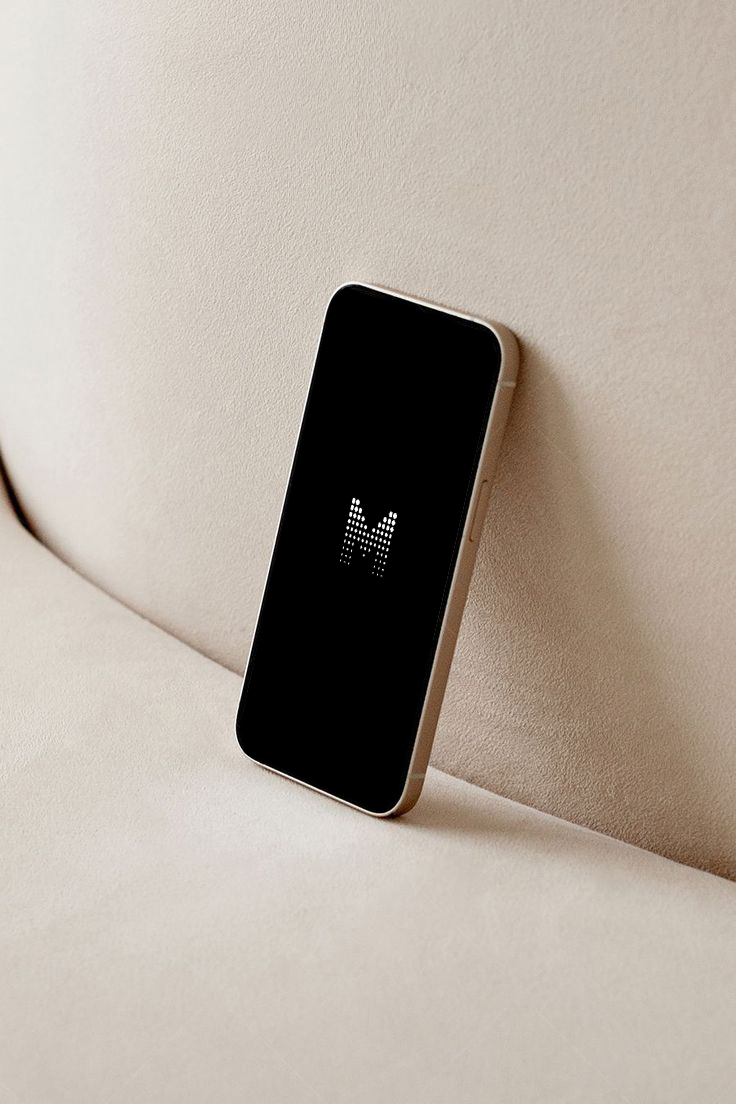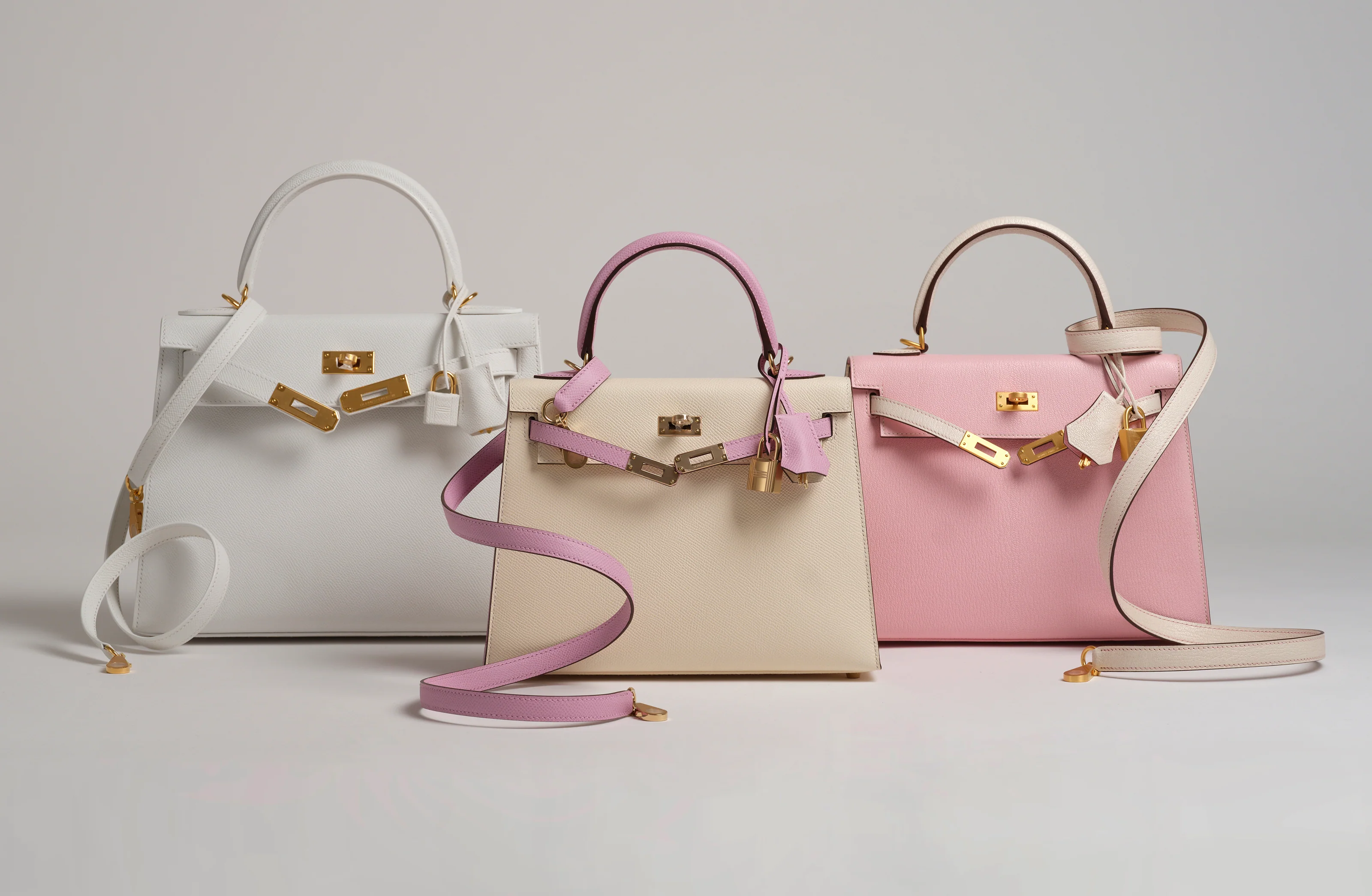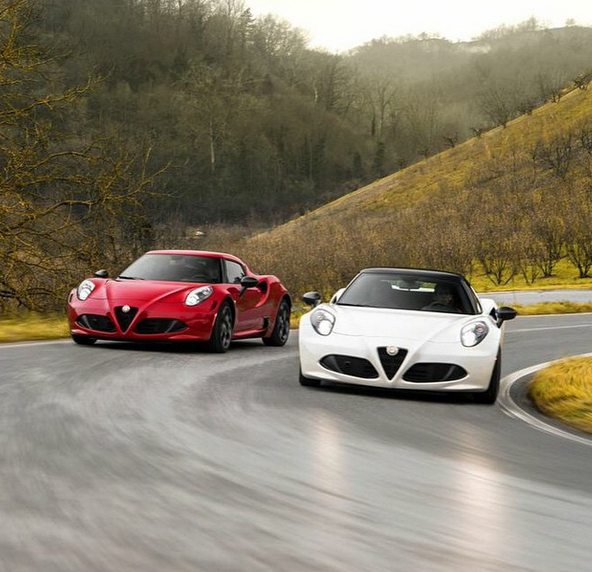Luxury Investments: A Rising Global Trend
Luxury assets have long been symbols of prestige, but in today’s rapidly evolving economic landscape, they have emerged as a viable and stable investment class. According to Fortune, the global luxury market is projected to exceed $2 trillion by 2025, with investment-grade assets like Hermès Birkin bags, Rolex watches, and rare wines outperforming many traditional investments.
As renowned investor Warren Buffett once stated, “The core value of any asset lies in its potential to appreciate over time.” MUSE takes this principle and transforms luxury goods into accessible, secure, and growth-oriented investment opportunities.


“UBS reports that digital tools for portfolio management are essential for modern investors, especially in alternative asset classes like luxury goods.”
What Sets MUSE Apart?
MUSE isn’t just a platform for luxury goods—it’s a gateway to building wealth through technology, data, and transparency. Here’s how:
1. Real Assets: Fighting Inflation with Tangible Value
Real assets like luxury handbags and fine watches are increasingly recognised as inflation-resistant investments. While flat currencies can lose value over time, investment-grade luxury has shown consistent appreciation.
- Example: Hermès Birkin bags have outperformed gold in average annual returns, appreciating by 14% annually over the past decade, according to Morgan Stanley.
In a world where inflation reached multi-decade highs in 2023, real assets provide a stable store of value, combining beauty and financial security.
2. Blockchain Verification: Trust in Every Transaction
Counterfeiting is a $600 billion issue in the luxury market, according to Bain & Company. MUSE eliminates this risk by leveraging blockchain technology to authenticate and track every asset’s history and provenance.
- Buyers can trade confidently, knowing their investment-grade asset is genuine and traceable, backed by immutable blockchain records.
3. Real-Time Data: Smarter Investment Decisions
Investors need data to make informed decisions, and MUSE provides AI-powered insights, market trends, and historical valuations in real time.
- Case Study: In 2023, Rolex Daytona watches experienced an 8% annual appreciation, according to live market data aggregated by MUSE. Users tracking these insights were able to capitalise on market opportunities, realising gains far beyond traditional asset classes.
4. Seamless Global Trade: Connecting Real People
Traditional luxury transactions can be opaque and inefficient, especially across borders. MUSE offers a streamlined platform that supports multi-currency payments, transparent logistics, and smart contracts for secure global trade.
- Fact: Luxury market digital sales grew by 22% in 2023, and MUSE is at the forefront of this transformation, connecting verified suppliers, buyers, and resellers in a trusted ecosystem.
5. Portfolio Management: See Your Wealth Grow
MUSE doesn’t just help you acquire investment-grade luxury—it empowers you to monitor, manage, and optimize your portfolio. Users can track real-time valuations, view historical performance, and strategize future acquisitions.

“Real assets are increasingly essential in a diversified portfolio, providing stability and a hedge against inflation.”
1. Sustainability as a Value Multiplier
Across categories, green luxury integrates sustainability into its production and restoration processes:
- Fine Wines: Château Lafite Rothschild employs organic farming practices to produce wines that appreciate significantly in value.
- Classic Cars: Restored vehicles like the Porsche 911 Turbo are eco-friendly investments due to their long life cycle and cultural significance.
- Rare Whisky: Distilleries like Glenfiddich are innovating with renewable energy in their aging processes.
2. Alignment with ESG Trends
Investors are increasingly prioritizing assets that align with ESG (Environmental, Social, and Governance) principles.
- Insight: Bloomberg predicts the ESG investment market will exceed $50 trillion by 2025, with alternative assets like green luxury forming a core part of these portfolios.
3. Decoupling from Market Volatility
Investment-grade green luxury assets are less correlated to stock markets, providing a stable and ethical diversification option for portfolios.
Green Luxury vs. Traditional Luxury
Traditional Luxury
- Focused on aesthetics and status.
- Limited attention to ESG practices.
- Shorter life cycle.
Green Luxury
- Combines aesthetics with sustainability and investment value.
- Aligned with global ESG trends and sustainable development goals.
- Designed for longevity and appreciation over time.